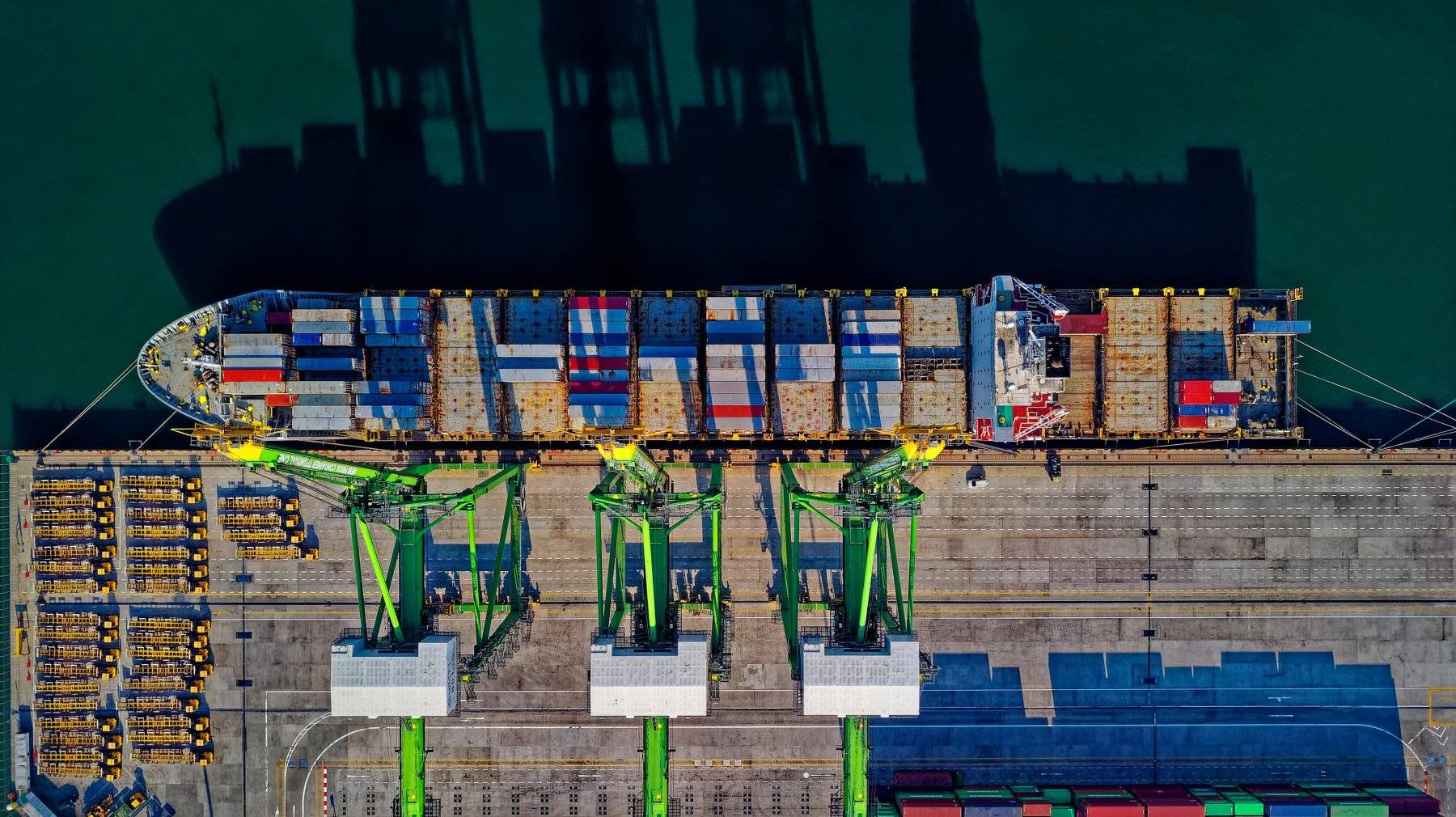The intricacies of freight tracking are well known and yet frequently manage to confound organizations of all sizes – since facets such as speed, accuracy, and, most critically, reliability must be maintained at all times.
With logistics platforms being the nerve centers of shipping operations, the demand for seamless digital experiences is greater than ever, and as delayed data translates directly to dollars lost, we can't overemphasize the importance of swift web hosting in keeping these systems up and running as intended.
To demonstrate how this applies in everyday operations, and why you should be paying attention to your choices to ensure web performance remains optimal, keep reading, and we’ll break down the overlap between this tech and the processes of freight tracking and logistics.
Speed as the Bedrock of Efficient Logistics
The criticality of speed in logistics is quantifiable, with experts from analyst groups including PwC pinpointing the importance of this in an accelerating world. This is doubly important given that global growth is pegged at just 3.1% this year, so those that want to get ahead of the curve and hit more ambitious expansion targets have to go above and beyond to catalyze their operations.
In the freight industry, where margins and customer retention are razor-thin, such numbers underscore the necessity for operational swiftness.
Optimized web performance serves as the cornerstone for several key enhancements, including:
Data Delivery Dynamics
- Enhanced data transfer rates allow for near-instantaneous access to tracking information.
- Real-time updates on freight status become reliably consistent, preventing costly delays.
Elevated User Experience
- Swift page loads lead to reduced bounce rates and higher user engagement. Hosting providers like NameHero ensure that speed is of the essence, and the responsibilities for running the necessary infrastructure to ensure this are outsourced to experts.
- Customers and logistics partners experience fewer frustrations, improving brand perception.
Streamlined Operations & Decision-Making
- Expedited data processing equates to quicker decision-making in route optimization and resource allocation.
- Reduced site downtime means operations continue unhindered around the clock.
Take the example of the Tracking System tool offered here at SeaRates. While you might prefer the fully integrated tracking tool, lots of logistics providers instead adopt the web-based version for the sake of convenience.
In this instance, having a quick-to-respond infrastructure underpinning this mission-critical tracking web app is obviously advantageous. It means the real-time insights you get into container locations worldwide are instantly available, and also gives you an edge since you can amalgamate all shipments under a single, simple-to-use system.
Such IT tools for logistics are particularly valuable given that they have customer-facing functionality, meaning they really need to be responsive in order to avoid people heading to third-party sites to get info on container progress.
Embedding it on your site and using a fast web hosting package to maintain the rapid pace and reliability it requires will pay dividends.

Overcoming Digital Bottlenecks
Hold-ups and outright outages afflict all sorts of digital services, and since the average cost of server downtime ranges between $300,000 and $400,000 an hour, the inconvenience is just a small part of the bigger picture, where the financial fallout is the real villain of the piece.
This is particularly true for losses during peak operational times, so let’s talk over some common challenges and strategies to circumvent them:
Data Latency Dilemmas
- Implementing content delivery networks (CDNs) to minimize transit time between data and users.
- Upgrading server hardware or migrating to faster cloud services can reduce processing lag.
Combating Site Downtime
- Employing robust monitoring systems for immediate alerts on performance issues, while also keeping up with and defending against security threats. In this context, learning how cloud security works is wise, since outsourcing hosting to a reputable third party also means you’ll be tapping into cloud-powered protection for your digital assets.
- Instituting failover measures and redundant systems ensures continuity during outages.
Improving Load Times
- Streamlining website design elements that contribute to drag can enhance load speed significantly.
- Adopting advanced compression algorithms reduces data size without compromising quality, leading to quicker loads.
The thrust here is toward proactive management—meaning you should be anticipating hiccups before they affect the supply chain. In doing so, businesses both deflect foreseeable obstacles and carve a path toward sustained logistical success.
Enhancing Customer Experiences & Satisfaction
Businesses are spending more on boosting customer loyalty, with a recent survey suggesting as much as 5% of revenue is reinvested into this, meaning some organizations are splashing as much as $250 million on retention annually.
This brings to sharp focus the significance of accelerated web performance for customer satisfaction, encompassing aspects such as:
Real-Time Responsiveness
- Immediate access to tracking information empowers customers with knowledge and control.
- Automated notifications of shipping updates feed the growing expectation for instantaneous communication.
Streamlining User Interactions
- A fast-loading interface shortens the journey from query to answer, bolstering user satisfaction.
- Simplified and speedier checkouts or booking processes translate directly into competitive advantage.
Building Trust Through Transparency
- Accurate live data builds trust through transparency, cultivating long-term customer relationships.
- Enhanced performance metrics provide businesses with critical insights to continuously refine user experiences.
So ultimately, you need to be thinking about web performance optimization both in terms of its internal upsides and external positives, since the tracking of freight and organization of logistics has one end goal – which is to meet the needs of customers, and ideally exceed their expectations.

The Competitive Edge of Accelerated Web Performance
The last point to touch on is how a distinct competitive advantage can be gleaned by any business that takes the time to accelerate the performance of its online assets. In the UK, sluggish page load speeds are attributed to $80 billion in missed sales opportunities, and this stark stat applies just as much to freight tracking. Here’s how:
Cost Reduction Realized
- Squashing page load times can lead directly to lower bounce rates and higher retention.
- Efficient digital infrastructure lessens the demand on customer service resources.
Market Positioning and Brand Image
- Snappy web performance positions a brand as cutting-edge, reliable, and user-centric.
- Enhanced user experience reinforces brand image, setting industry benchmarks others strive to reach.
Scalability and Future-proofing
- A robust platform easily adapts to increased traffic without compromising on speed or efficiency.
- Investing in high-performance hosting equips companies for emerging technologies and market expansion.
For firms looking to dominate the future of freight logistics, refining web performance must be prioritized, as failing to do so will give rivals the opening they need to outpace you.
Final Thoughts
All of this is to say that the answer to many freight tracking and logistics problems is simple, in as much as it comes down to web performance in all its forms. From online apps with customer-facing features to behind-the-scenes tech used internally, making sure you have high-speed hosting at the core of your IT stack is the best decision you can make.

